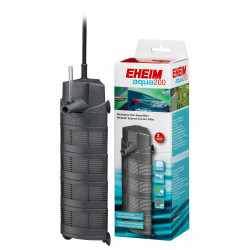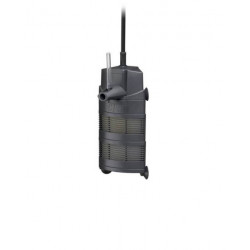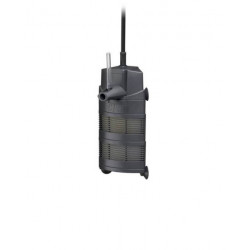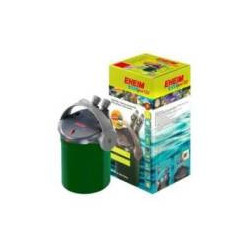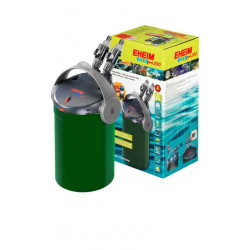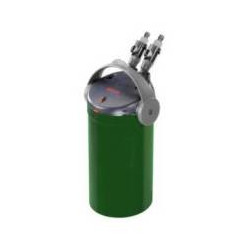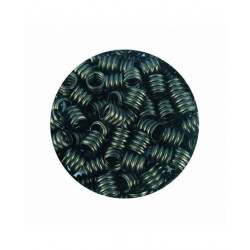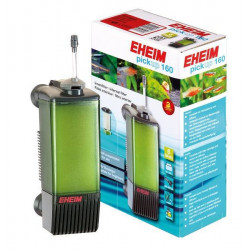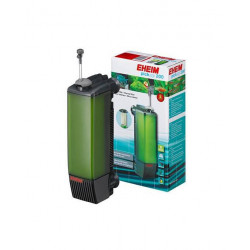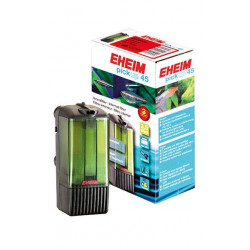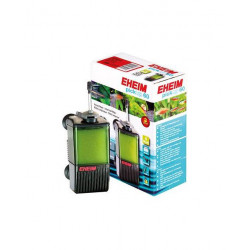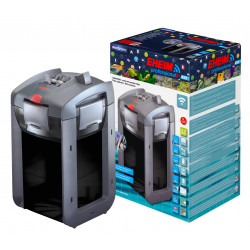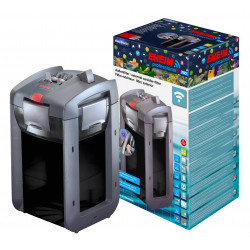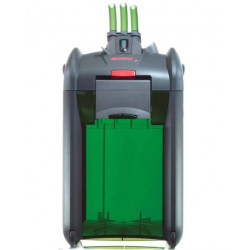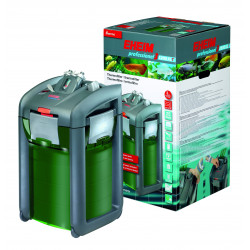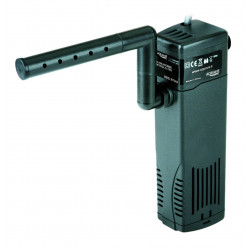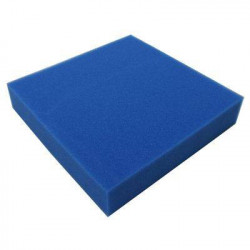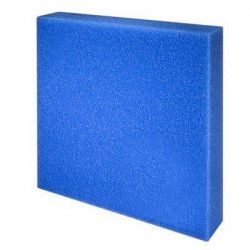Filtration
Filtration in a freshwater aquarium is essential for maintaining a healthy environment. It removes waste, toxins, and suspended particles, promotes water circulation, and stimulates the growth of beneficial bacteria. This ensures the well-being of fish and aquatic plants while contributing to the clarity and aesthetics of the aquarium.

Subcategories
-
freshwater filter
Types of Freshwater Aquarium Filters
-
Internal Filter:
- Attaches inside the aquarium, often in a corner, using suction cups.
- Ideal for small to medium-sized aquariums.
- Can include a powerful pump with a large intake surface for effective filtration.
- Continuous power adjustment allows control over water flow and surface movement.
-
External Filter:
- Located outside the aquarium, typically under or beside it.
- Offers large filtration capacity and suitable for medium to large aquariums.
- Easy access for maintenance with filter baskets for different types of media (foam, ceramic, activated carbon).
- Sometimes equipped with electronic flow control for optimized filtration.
-
Cascade Filter:
- Mounted above the aquarium, creating a cascade effect as clean water returns to the tank.
- Provides good water oxygenation due to surface agitation.
- Simple installation and maintenance.
-
Undergravel Filter:
- Placed under the gravel substrate of the aquarium, utilizing natural water circulation through the substrate for filtration.
- Suitable for planted aquariums where gentle circulation is needed.
-
UV Sterilizer:
- Uses ultraviolet light to kill algae and bacteria in the water.
- Can be integrated into an external filter or operate independently to enhance water quality.
Each type of filter has its advantages and is suited to different aquarium sizes and specific filtration needs. Your choice of filter will depend on your aquarium size, the type of fish and plants you have, and your preferences for maintenance and performance.
-
-
media filter
Filter media are essential for maintaining good water quality in a freshwater aquarium. Here are common types of filter media used:
-
Filter Sponge:
- Excellent for mechanical filtration by capturing debris and suspended particles.
- Available in various densities for fine to coarse filtration.
-
Activated Carbon:
- Used for adsorbing toxins, organic substances, and odors from the water.
- Needs regular replacement to maintain effectiveness.
-
Ceramic Rings or Bio Balls:
- Provide a porous surface for beneficial bacteria to colonize, breaking down toxic waste products (like nitrites and nitrates) into less harmful substances.
- Ideal for biological filtration and bacterial colonization.
-
Zeolite:
- Absorbs ammonia and heavy metals from the water, helping to maintain low ammonia levels in the aquarium.
-
Polyester Floss (Filter Wool):
- Used as a pre-filtering media to capture larger particles before they reach other filter media.
-
Plastic Bio-media:
- Provides additional surface area for the growth of nitrifying bacteria, enhancing biological filtration.
-
Nitrate-specific Filter Media:
- Designed to reduce nitrate levels in the water, beneficial for planted aquariums and sensitive fish.
Each type of filter media serves a specific role in keeping the aquarium water clean and healthy. The choice of media depends on your aquarium's specific needs, the type of fish and plants you have, and the type of filtration (mechanical, biological, chemical) you intend to implement.
-


